At the 19th International Architecture Exhibition, the Nordic Countries Pavilion becomes a space of embodied critique in Industry Muscle: Five Scores for Architecture by Finnish performance artist Teo Ala-Ruona. Set within Sverre Fehn’s 1962 modernist pavilion, the project explores how architecture intersects with trans experience, bodily autonomy, and the ecological legacy of fossil-fuel systems.
Curated by Kaisa Karvinen, the exhibition features a two-hour durational performance and immersive installations developed with a multidisciplinary team. Ala-Ruona’s approach blends theatre, performance and choreography, using the body as a lens to examine spatial hierarchies shaped by cultural norms.
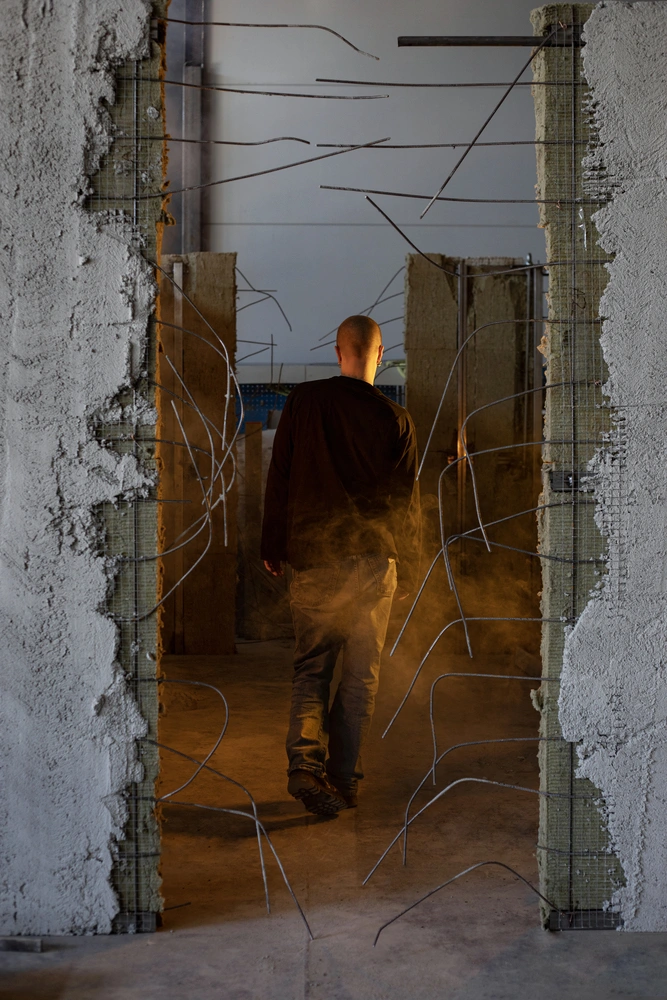
Teo Ala-Ruona said, “Industry Muscle proposes a model for architecture grounded in my artistic practice and experience as both a trans person and a performance maker who uses the body as a site of research. This can be as fundamental as creating a sense of comfort in a space that doesn’t highlight the silhouette of the body, but instead offers an adaptive environment. This stands in contrast to the modern ideal of reduction, which is also reflected in the architecture of the pavilion.
Challenging Norms through Performance and Architecture
The exhibition unfolds through five conceptual scores ‘impurity, decategorisation, performance, techno-body and reuse’ that challenge spatial norms while framing the trans body as a catalyst for rethinking architecture.
- Impurity: Questioning the modernist ideal of purity inherent in architecture.
- Decategorisation: Challenging practices based on categorisation and separation within the built environment.
- Performance: Investigating how architecture and spatial design shape everyday performances of gender and identity.
- Techno-body: Recognising the dynamic interaction between body, building, and technology, while advocating for bodily autonomy.
- Re-use: Approaching the trans body as a form of reuse and a tool for ecological thinking.
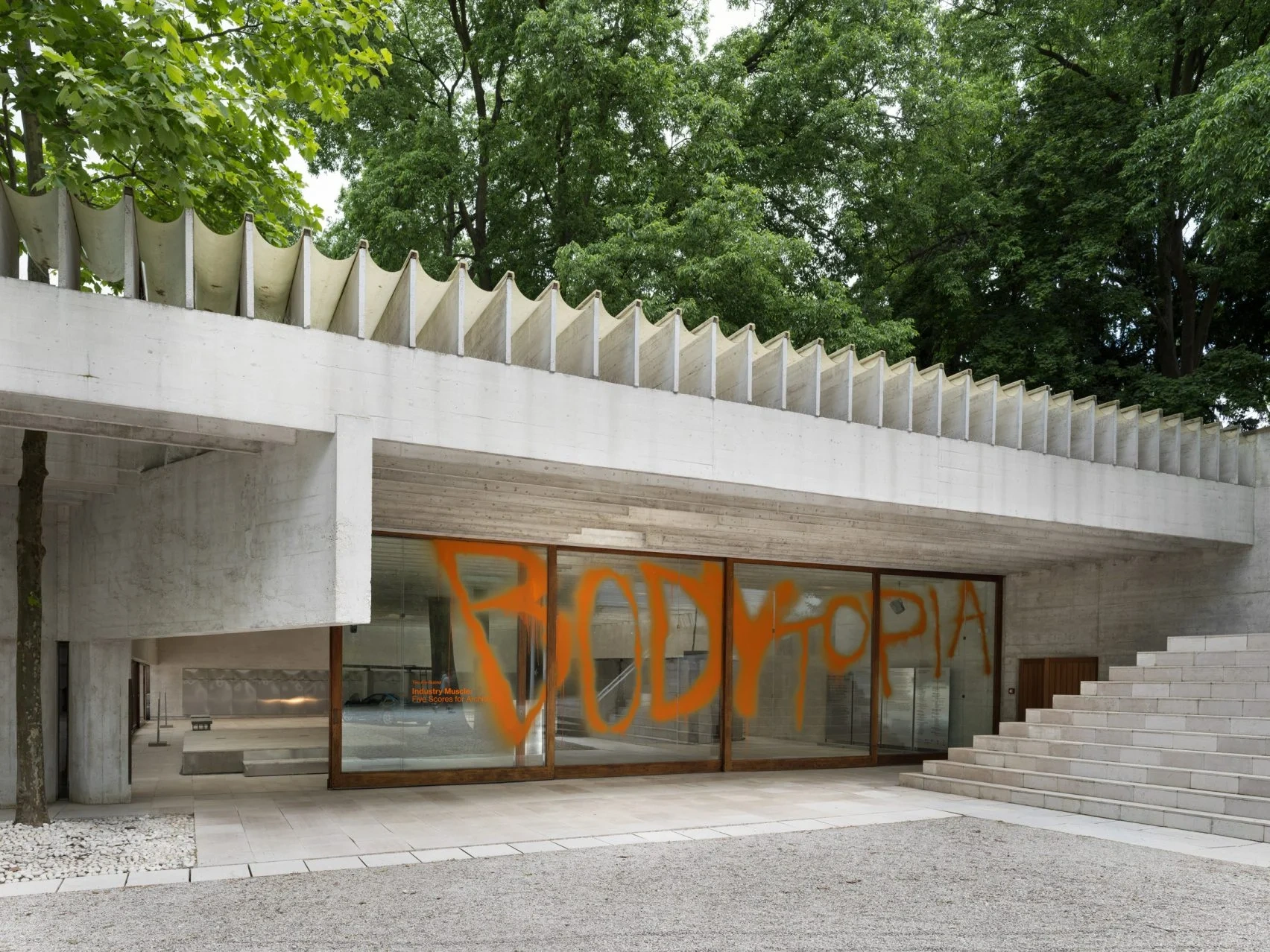
Ala-Ruona transforms the Pavilion into a performative and political stage with the striking pieces, car pierced by concrete columns, a rough concrete-and-steel shelter and graffiti on the Pavilion’s exterior confronting notions of purity and permanence. Curator Kaisa Karvinen sees Fehn’s pavilion as a fitting backdrop, where a trans perspective exposes architecture’s binary norms and prompts a rethink of modernist ideals in today’s ecological and justice context.
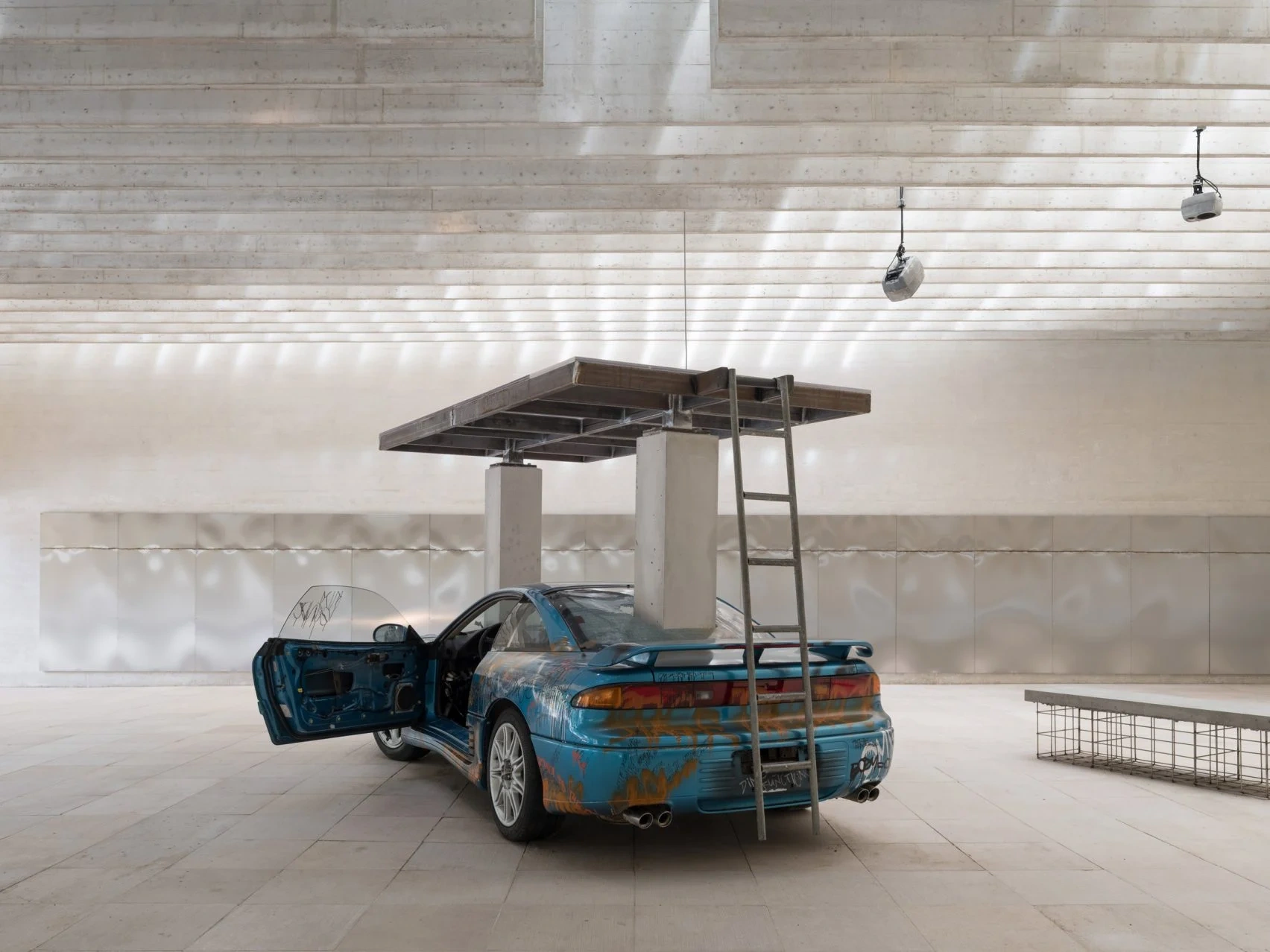
“We need to dismantle some ways of thinking, not buildings.” says Kaisa Karvinen. Recent political rollbacks on trans rights have heightened the necessity of this endeavor. Ala-Ruona said, “Suddenly, the work becomes contextualised within a different reality.”
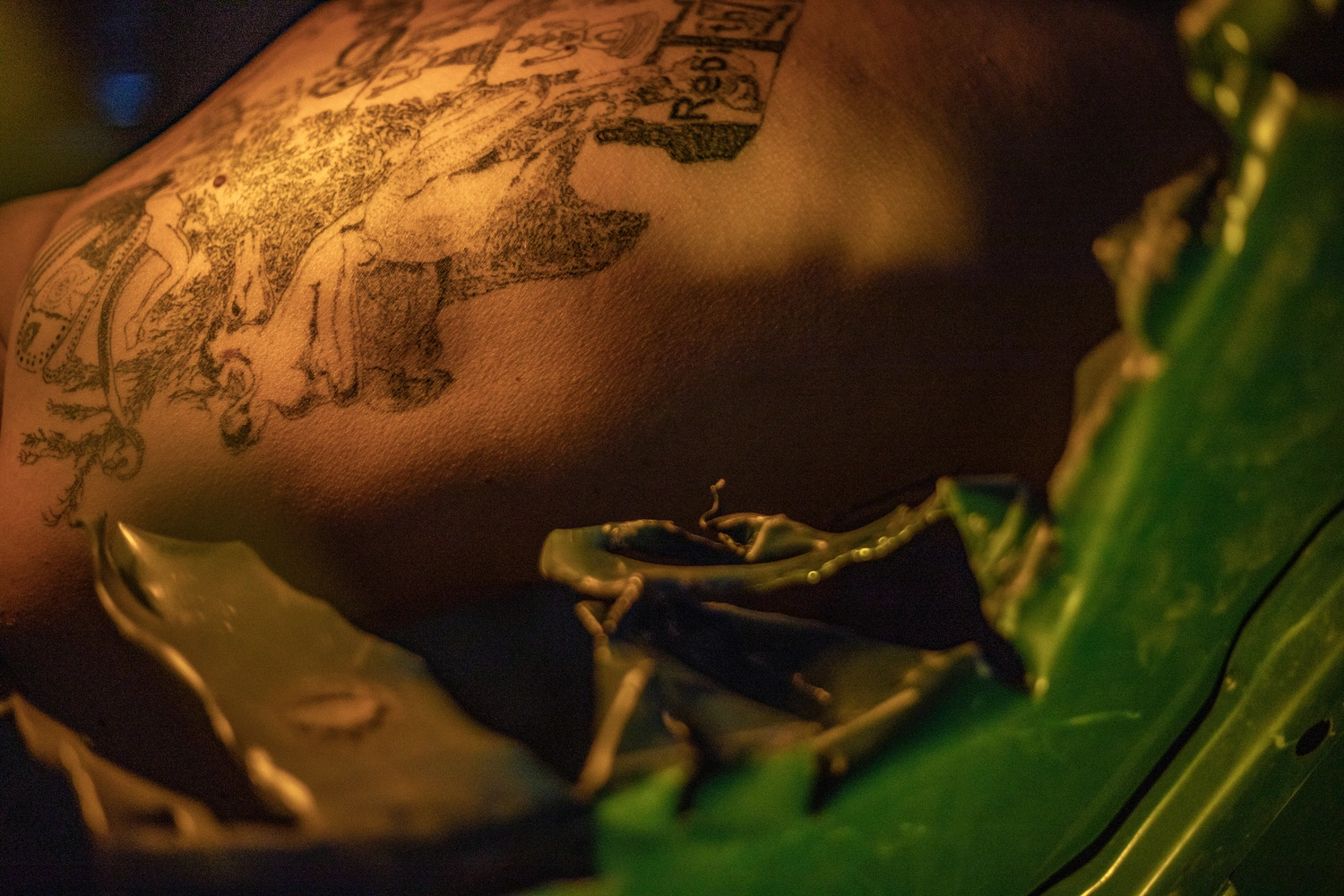
Karvinen adds, “Architecture is deeply tied to social and political questions, and legislative changes affecting trans people are inherently architectural as well – they shape who has access to which spaces, and under what terms,”
The pavilion questions who architecture serves, how it’s produced, and whose rights and realities it recognizes through the lens of the trans body.
Nordic Pavilion Project Details
Artist: Teo Ala-Ruona
Curator: Kaisa Karvinen
Commissioned by: Architecture & Design Museum Helsinki (Finland), the National Museum of Norway, and ArkDes (Sweden)



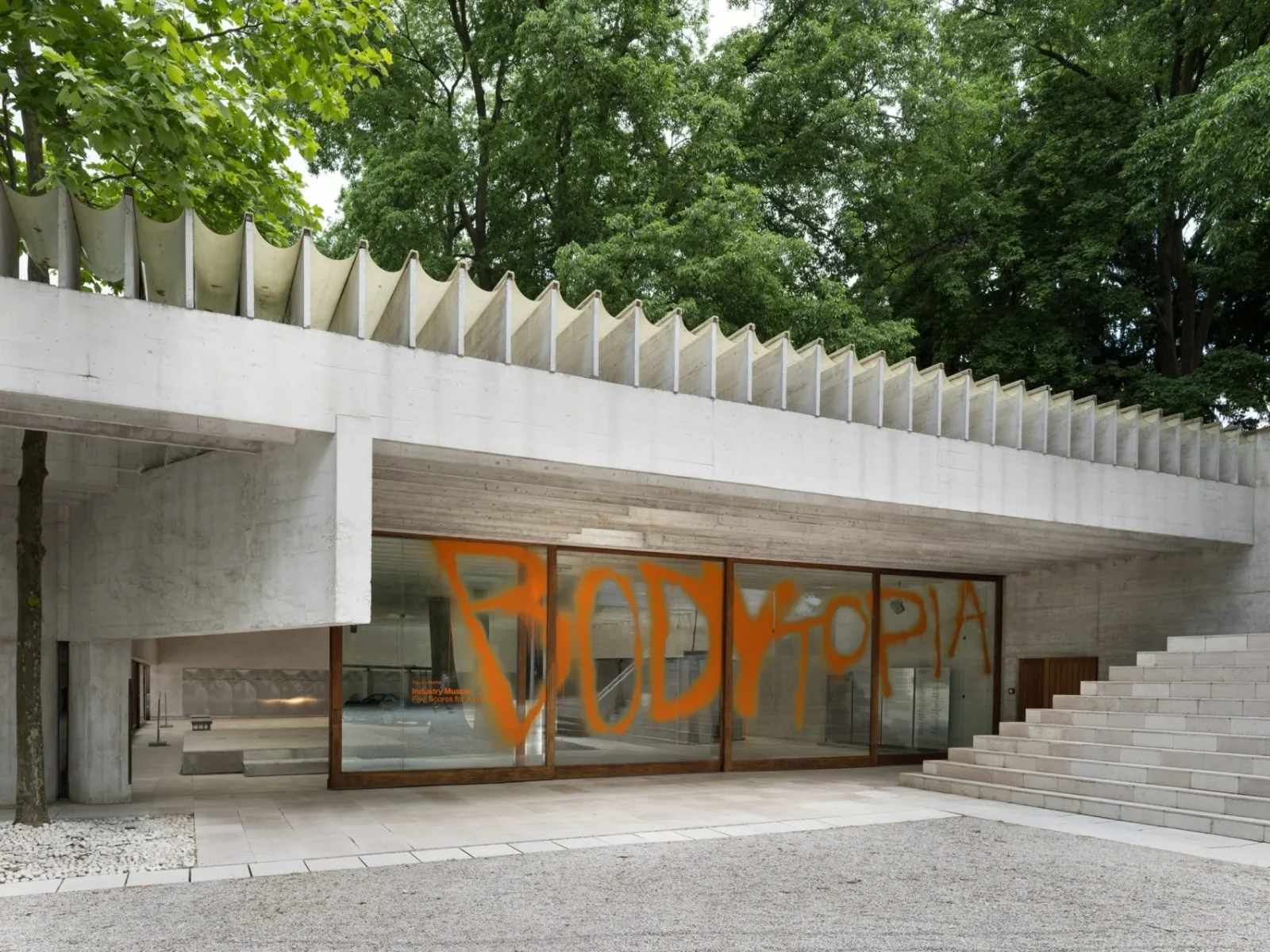





































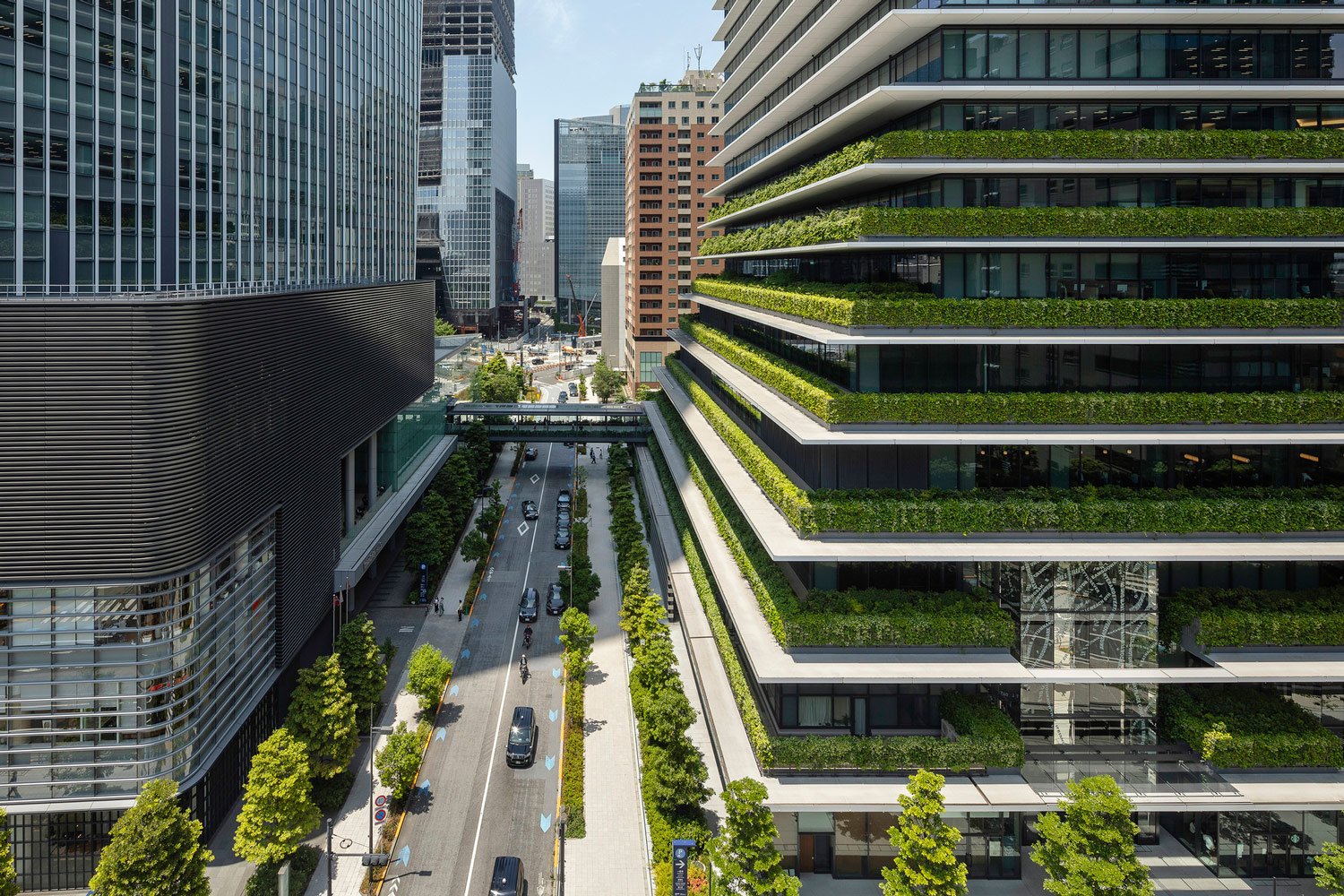
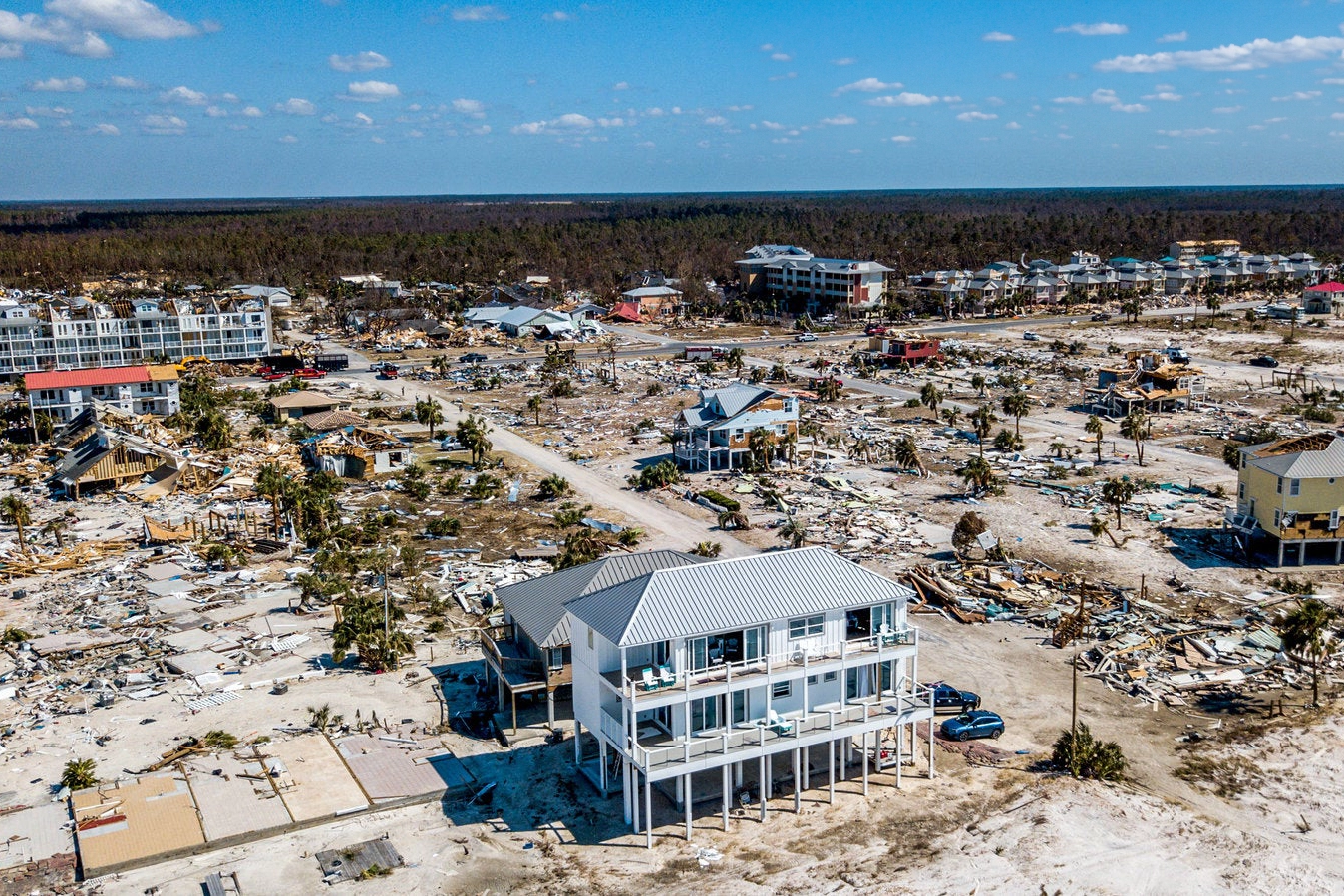










Leave a comment